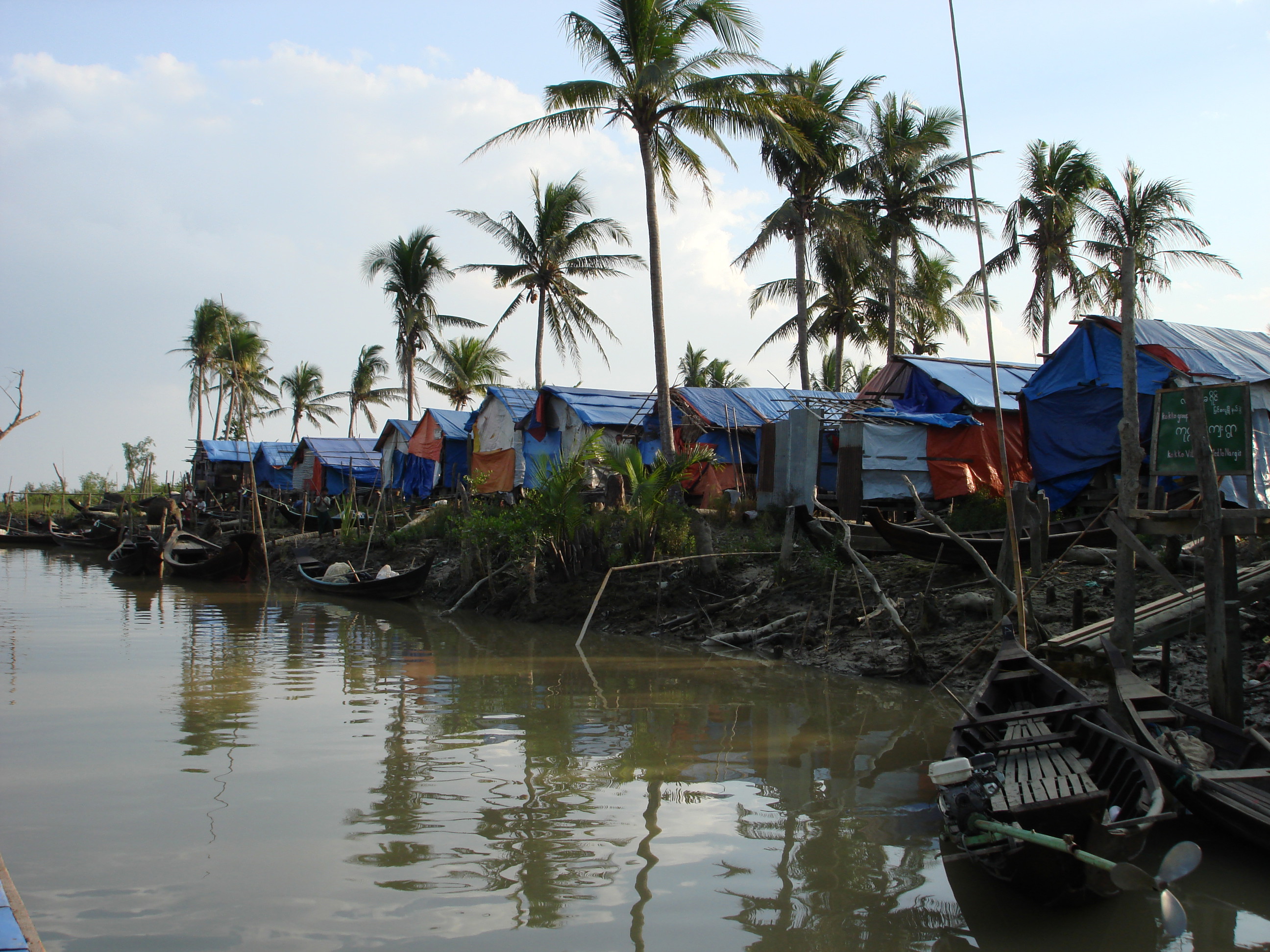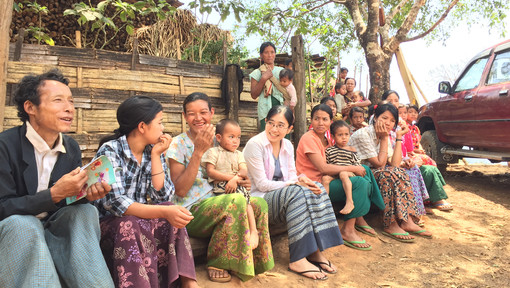
Our history of working with the people of Myanmar extends two decades and includes one of the region’s most devastating natural disasters.
In 2008, Cyclone Nargis crossed Myanmar’s coastline causing thousands of fatalities, and widespread devastation. The tragedy led to Burnet leading in the development of a local resource centre that now has been operating as an independent entity with its national governance body and empowering civil society organisations by strengthening institutional capacity, creating opportunities for collective voice and actions, and influencing policy development and reform by establishing advocacy platforms.
The health challenges that face Southeast Asia’s largest country are familiar across the region. Like their neighbours, the people of Myanmar are working to control the spread of infectious diseases including HIV/AIDS, viral hepatitis, tuberculosis, malaria and COVID-19. And they are looking for ways to improve the health and wellbeing of mothers, babies, children and adolescents.
Read Story: Disaster Recovery in MyanmarCommunity Impact
Historically, the Burnet team collaborated with community and health leaders in Myanmar to deliver projects that helped reduce the negative social and financial impacts on people with HIV and their families; that minimised the health risks to people who inject drugs and men who have sex with men; and that supported better health among mothers and their children.
Despite the COVID-19 pandemic slowing progress in some of these areas, the Burnet team are investing in resilient and sustainable health solutions delivered by community-based organisations and continue to generate important gains towards health access and equity for the people of Myanmar.
1,600+
participants in research to help adolescent girls be able to manage menstrual hygiene with confidence. The research with school girls in rural Myanmar has informed plans for providing more support for girls in local communities.
1,200
Community Sector Organisations we're supporting through a local resource centre we established after Cyclone Nargis hit Myanmar in 2008.
200
people so far from high risk populations tested for Hepatitis C in partnership with local hepatitis community based organisations, with 119 starting hepatitis C treatment and 79 having received a hepatitis B vaccination. The scale up of this resilient and inclusive community-based pilot package of hepatitis prevention, testing, and treatment for people who inject drugs will contribute to reaching the national targets for viral hepatitis.
3000
young people received sexual and reproductive health (SRH) and life skills education through a school-based platform.
To achieve sustainable, intersectoral outcomes for young people:
1500
boys were educated on menstrual hygiene to reduce stigma.
500
parents were invited to participate in training on young people’s SRH and how to have these conversations with their children.
8
monastic schools were equipped with hygiene facilities and menstrual hygiene products to support girls to stay in school.
8
health care centres were supported to implement changes for more adolescent and youth friendly health services (AYFHS) including AYFHS corners for young people.
8
income generation projects were established to maintain this integrated model of support for young people’s health.

Home to more than 57 million people, Myanmar shares borders with Thailand, Laos, China, India and Bangladesh, has a long coastline that skirts the Andaman Sea and the Bay of Bengal, and supports vast inland areas of forest.
In years past, the Burnet team contributed mainly to projects run in urban areas, including the capital Yangon, and other major centres such as Mandalay and Magway. Work in rural areas, home to at least a third of the nation’s population, included programs to reduce the spread of malaria.
Burnet is leading three pieces of operational research in Myanmar, Thailand, Cambodia and Laos to generate evidence that will contribute to strategies for the eradication of malaria in the region. This work supports the pillars of the World Health Organisation’s Global Technical Strategy for Malaria 2016-2030.







